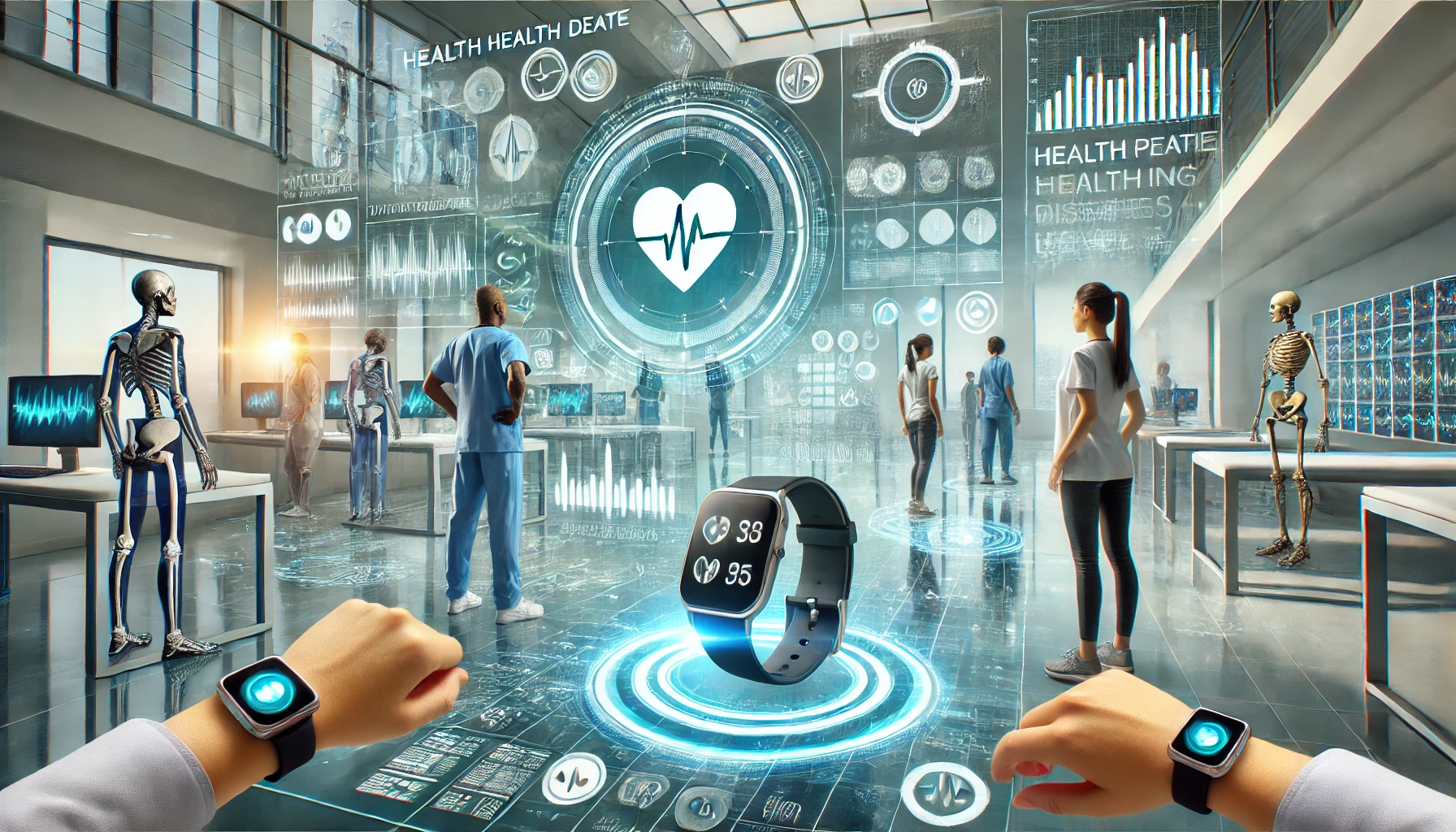From Wearables to Wellness: How HealthTech is Transforming Preventative Care

Introduction: The Rise of Wearable HealthTech
Gone are the days when fitness meant just counting steps or watching your calories. Now, wearable technology is taking health and wellness to a whole new level, from smartwatches to heart-rate trackers, to devices monitoring your blood oxygen levels while you're binge-watching Netflix. These little gadgets do more than just look cool on your wrist – they are revolutionizing preventative care by providing real-time health data that doctors and patients can use to make proactive decisions about health. But what exactly makes wearables so powerful, and how are they playing a critical role in healthcare today? Well, let’s take a closer look at how these devices are transforming the way we think about staying healthy, long before any chronic illness rears its ugly head.
How Wearables Are Changing the Game
So, what makes wearables so special when it comes to preventative care? The simple answer: data. Lots of it. Your smartwatch knows more about you than your best friend does – and it’s not even a little creepy! With every heartbeat, every step, and every minute of sleep (or lack thereof), wearables collect an astonishing amount of health data. But here’s where things get really interesting: this data doesn’t just stay on your device. HealthTech companies are working hard to integrate this treasure trove of information into healthcare systems, so doctors can track your health trends in real-time. This helps flag potential health issues before they become major problems. Imagine your doctor calling you up, not because you're already sick, but because your watch says you might get sick soon. It’s like your very own health psychic – except based on science.
Preventing Chronic Illness: The Power of Predictive Analytics
Chronic illnesses like heart disease, diabetes, and hypertension are some of the biggest killers worldwide. They sneak up on you slowly, often without noticeable symptoms until it's too late. That’s where wearables come in like superheroes in spandex. By constantly monitoring vital signs, wearable devices are providing doctors with early warning systems. With access to this continuous stream of data, healthcare providers can use predictive analytics to forecast the likelihood of chronic illness based on trends in the wearer's data. Is your resting heart rate increasing gradually? Time for a checkup. Is your sleep quality dipping lower than it should be? Maybe it's time to talk about sleep apnea. These early interventions can be the difference between developing a chronic condition or dodging it altogether.
From Fitness Buffs to Medical Must-Haves
At first, wearables seemed like something reserved for fitness enthusiasts. But now, thanks to advancements in technology and a growing awareness of their medical benefits, everyone from grandmas to teenagers are hopping on the wearable train. It's not just about counting calories anymore. We’re talking about monitoring blood pressure, glucose levels, heart rhythm, and more. And the cherry on top? All this data is now being synced with electronic health records (EHRs), creating a seamless link between patients and their healthcare providers. Doctors can access real-time information about a patient’s health, allowing for quicker decisions and personalized treatments. It's like having a personal health assistant that fits in your pocket – or, more accurately, on your wrist.
Challenges: Privacy, Data Overload, and Device Accuracy
Of course, with all this health data floating around, there are some real concerns – and no, we're not just talking about what happens when your smartwatch embarrasses you by congratulating you for taking the 'most steps in your office' while you’re actually just pacing around on a phone call. Privacy is a big one. Who owns your health data? How is it being used? And what happens if it falls into the wrong hands? There's also the issue of data overload. While having access to a ton of information is great, it can be overwhelming for both patients and healthcare providers. Not every fluctuation in your heart rate is cause for alarm, but sorting out the meaningful data from the noise takes time and skill. Finally, while wearable devices are getting better at accuracy, they’re still not perfect. False positives – or worse, false negatives – can lead to unnecessary panic or a false sense of security. These are all important issues that need to be tackled as we move forward with wearable tech.
The Future of Preventative Care: What's Next for Wearable HealthTech?
So, what does the future hold for wearable technology in healthcare? Well, the sky’s the limit – or should we say, the human body is the limit? New devices are already being developed that go beyond just wearables. Think implantables or even ingestibles. HealthTech companies are working on patches that can monitor glucose levels without needles, and smart contact lenses that can check for early signs of diabetes. In a not-so-distant future, we might all be walking around with tiny devices that continuously monitor our health, predicting illnesses before they happen, and even dispensing medicine when needed. The age of reactive medicine is slowly coming to an end, and proactive healthcare is just getting started.
Conclusion: Are You Ready to Wear Your Health on Your Sleeve?
Wearable technology has come a long way from being just a novelty item for fitness buffs. Today, it’s becoming an essential tool in preventative healthcare, empowering individuals and medical professionals alike with real-time data that can stop chronic illnesses before they start. But as exciting as this is, it’s also clear that there are challenges to address, from privacy concerns to the reliability of the devices themselves. Still, the potential for wearables to transform healthcare is undeniable, and as the technology improves, we might soon see a world where preventative care is as simple as checking your wrist. What do you think? Will you be strapping on a wearable to keep your health in check?



